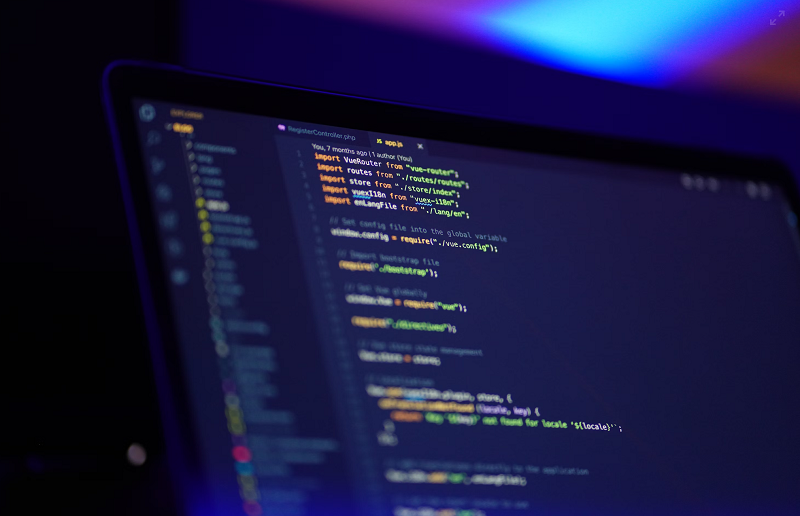In Defense of Coding Standards Beyond Aesthetics and into Understanding
17 Sep 2023
Introduction
In a world rife with digital information, coding has rapidly transformed from an obscure hobby to a mainstream professional skill. Yet, as more people dip their toes into the vast ocean of programming, the importance of establishing consistency has never been clearer. Enter: coding standards.
Many beginners often misconstrue coding standards as mere punctilious preferences — a dispute between tabs and spaces, or the placement of a curly brace. But as we delve deeper into the realm of software engineering, we recognize that coding standards transcend aesthetic appeal; they form the bedrock of efficient, readable, and maintainable code.
To borrow a perspective, think of code as a written essay. Without consistent punctuation, grammar, and structure, even the most profound thoughts become obscured, and the message gets lost amidst the chaos. Just as writers use style guides to lend uniformity and clarity to their prose, developers use coding standards to ensure that their code, which could be read by countless other developers, is universally understandable.
ESLint and IntelliJ: A Tale of Trials
This brings me to ESLint, a static code analysis tool for identifying and rectifying problematic patterns in JavaScript code. My journey with ESLint in the IntelliJ environment was, to put it mildly, tumultuous. The initial setup felt like navigating a labyrinth, with multiple iterations of the same steps leaving me frustrated. Perhaps it was the switch from a comfortable WSL terminal within Visual Studio Code, where plugins effortlessly maintained code cleanliness. Nevertheless, the repeated process in IntelliJ eventually became more streamlined, thanks to an automation script.
Despite the initial hurdles, I echo the sentiment that coding standards, facilitated by tools like ESLint, play an instrumental role in learning a programming language. By pointing out inconsistencies and potential errors, these standards serve as strict yet enlightening mentors, guiding novices from the pitfalls of amateur coding to the clarity of professional programming.
Beauty in Diversity
It’s worth noting, though, that coding standards are not about enforcing a singular, monolithic style. Indeed, there’s a spectrum of ‘prettiness’, and what’s essential is finding a balance — a standard that a majority can resonate with and say, “Yes, this makes sense.”
Veteran engineers, with years of trial and error behind them, have gravitated towards certain standards, whether molded by organizational protocols or personal preferences. For newcomers, these standards might seem arbitrary or even cumbersome. But there’s wisdom in that consistency. With tools like ESLint, the transition might feel like a rite of passage – a molding process, transforming one’s coding habits from raw, unrefined patterns to structured, professional methodologies.
Conclusion
In conclusion, while the initial transition to uphold coding standards can be daunting, it is a transformative journey. Beyond the superficial debates about tabs or spaces, there lies the core principle: code is a collaborative effort. By adhering to shared standards, we ensure that our digital tapestry, woven with countless lines of code, remains coherent, elegant, and timeless.